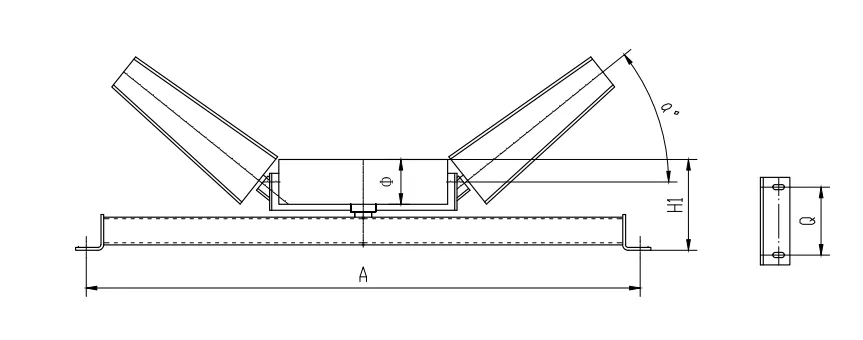 Afrikaans
Afrikaans  Albanian
Albanian  Amharic
Amharic  Arabic
Arabic  Armenian
Armenian  Azerbaijani
Azerbaijani  Basque
Basque  Belarusian
Belarusian  Bengali
Bengali  Bosnian
Bosnian  Bulgarian
Bulgarian  Catalan
Catalan  Cebuano
Cebuano  Corsican
Corsican  Croatian
Croatian  Czech
Czech  Danish
Danish  Dutch
Dutch  English
English  Esperanto
Esperanto  Estonian
Estonian  Finnish
Finnish  French
French  Frisian
Frisian  Galician
Galician  Georgian
Georgian  German
German  Greek
Greek  Gujarati
Gujarati  Haitian Creole
Haitian Creole  hausa
hausa  hawaiian
hawaiian  Hebrew
Hebrew  Hindi
Hindi  Miao
Miao  Hungarian
Hungarian  Icelandic
Icelandic  igbo
igbo  Indonesian
Indonesian  irish
irish  Italian
Italian  Japanese
Japanese  Javanese
Javanese  Kannada
Kannada  kazakh
kazakh  Khmer
Khmer  Rwandese
Rwandese  Korean
Korean  Kurdish
Kurdish  Kyrgyz
Kyrgyz  Lao
Lao  Latin
Latin  Latvian
Latvian  Lithuanian
Lithuanian  Luxembourgish
Luxembourgish  Macedonian
Macedonian  Malgashi
Malgashi  Malay
Malay  Malayalam
Malayalam  Maltese
Maltese  Maori
Maori  Marathi
Marathi  Mongolian
Mongolian  Myanmar
Myanmar  Nepali
Nepali  Norwegian
Norwegian  Norwegian
Norwegian  Occitan
Occitan  Pashto
Pashto  Persian
Persian  Polish
Polish  Portuguese
Portuguese  Punjabi
Punjabi  Romanian
Romanian  Russian
Russian  Samoan
Samoan  Scottish Gaelic
Scottish Gaelic  Serbian
Serbian  Sesotho
Sesotho  Shona
Shona  Sindhi
Sindhi  Sinhala
Sinhala  Slovak
Slovak  Slovenian
Slovenian  Somali
Somali  Spanish
Spanish  Sundanese
Sundanese  Swahili
Swahili  Swedish
Swedish  Tagalog
Tagalog  Tajik
Tajik  Tamil
Tamil  Tatar
Tatar  Telugu
Telugu  Thai
Thai  Turkish
Turkish  Turkmen
Turkmen  Ukrainian
Ukrainian  Urdu
Urdu  Uighur
Uighur  Uzbek
Uzbek  Vietnamese
Vietnamese  Welsh
Welsh  Bantu
Bantu  Yiddish
Yiddish  Yoruba
Yoruba  Zulu
Zulu types of conveyor belt rollers
Understanding Types of Conveyor Belt Rollers
Conveyor belt systems are integral to material handling in various industries, including manufacturing, logistics, and mining. Central to these systems are conveyor belt rollers, which play a crucial role in ensuring the efficient movement of goods. The choice of roller type directly impacts the performance, durability, and efficiency of the conveyor belt system. This article explores the various types of conveyor belt rollers and their specific applications.
1. Idler Rollers
Idler rollers are among the most common types used in conveyor systems. They support the belt and help maintain its tension. These rollers come in several designs, including standard, impact, and training idlers.
- Standard Idlers Used in most industrial applications, they provide stable support along the conveyor line. - Impact Idlers These are designed to absorb the shock of heavy loads and are often used at loading and unloading points. - Training Idlers These rollers are adjusted to keep the belt aligned and prevent it from drifting off track.
Idler rollers are typically made of steel and can be coated with materials to prevent corrosion, ensuring a longer lifespan.
2. Drive Rollers
Drive rollers, also known as powered rollers, are essential for moving the conveyor belt. They are equipped with a motor that generates the necessary force to drive the belt forward. The design of drive rollers can vary based on system requirements, allowing for different speeds and load capacities. Applications often include package handling systems where precise movement is critical.
types of conveyor belt rollers

Return rollers support the conveyor belt as it returns to its starting position. They are crucial in minimizing friction, which helps in extending the life of the belts and rollers themselves. Return rollers can either be smooth or rubber-coated to improve belt traction and reduce slippage.
4. Tail Rollers
Tail rollers are located at the end of the conveyor belt system. They serve two main functions supporting the belt as it exits the system and providing tension to ensure the belt remains tight. Proper maintenance of tail rollers is vital, as any misalignment or wear can lead to belt tracking issues and increased wear.
5. Slider Bed Rollers
Slider bed rollers are used in conveyor systems with a flat bed area. They help in minimizing friction between the belt and the conveyor frame, allowing for smoother movement. These rollers are typically used in package conveying and are designed to support lighter loads efficiently.
Conclusion
Choosing the right type of conveyor belt roller is essential for ensuring optimal performance and longevity of the conveyor system. Each type of roller serves a specific purpose, from supporting the belt to providing tension and movement. Understanding these roles helps businesses optimize their material handling processes, reduce downtime, and enhance operational efficiency. Whether it's idlers, drive rollers, or return rollers, the right selection can significantly impact productivity across various industries.
-
Revolutionizing Conveyor Reliability with Advanced Rubber Lagging PulleysNewsJul.22,2025
-
Powering Precision and Durability with Expert Manufacturers of Conveyor ComponentsNewsJul.22,2025
-
Optimizing Conveyor Systems with Advanced Conveyor AccessoriesNewsJul.22,2025
-
Maximize Conveyor Efficiency with Quality Conveyor Idler PulleysNewsJul.22,2025
-
Future-Proof Your Conveyor System with High-Performance Polyurethane RollerNewsJul.22,2025
-
Driving Efficiency Forward with Quality Idlers and RollersNewsJul.22,2025





























